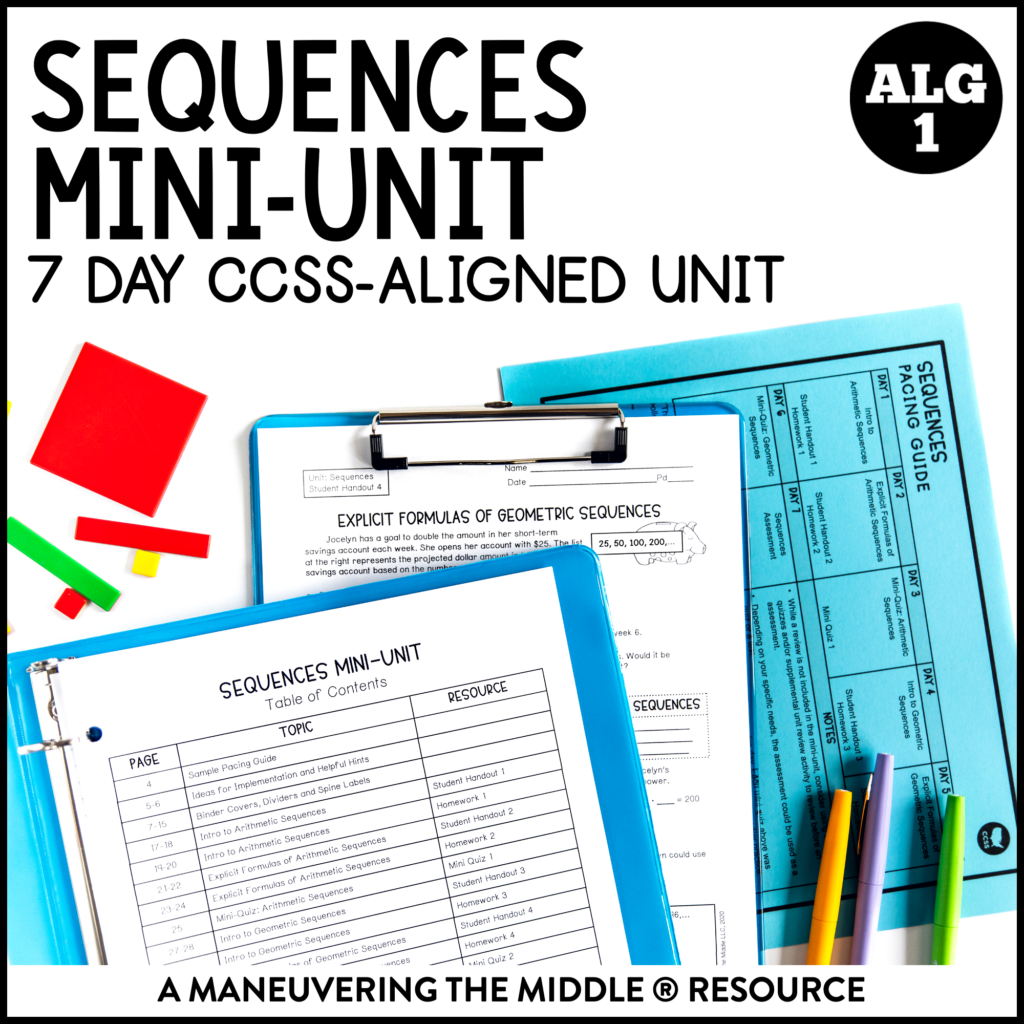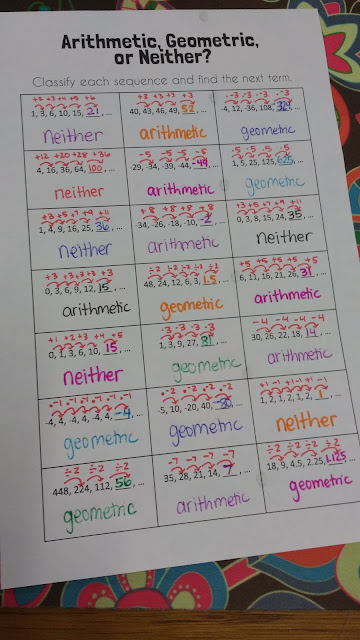


Basic parabolas that students used to think had no solutions during Algebra 1 are actually revealed to have two “imaginary” solutions in Algebra 2. Algebra 2 typically includes solutions with real and complex numbers - including arithmetic with imaginary numbers - as well as conic sections such as hyperbolas, parabolas, and ellipses. Trigonometric functions often become an important new focus area during Algebra 2 as students begin exploring the unit circle. In this unit, well see how sequences let us jump forwards or backwards in. (9) The student applies the mathematical process standards when using. We found that this type of relationship is called an arithmetic sequence. Students in Algebra 2 are introduced to a much wider range of functions including logarithms, radicals, and rational functions. Sequences are a special type of function that are useful for describing patterns. Algebra 1 Exponential functions and equations. In this lesson, we modeled a pattern using tables, graphs, equations, and diagrams. In this unit, we'll see how sequences let us jump forwards or backwards in patterns to solve problems. With the lens of linear and quadratic functions, Algebra 1 pushes students to find roots (solutions) leveraging multiple methods (including the quadratic formula), graph function relationships on the coordinate plane, and convert among various forms of quadratics.Īlgebra 2 is an advanced expansion of the ideas from Algebra 1. Sequences are a special type of function that are useful for describing patterns. Algebra 1 focuses on “doing the same thing to both sides of the equation” to solve equations. Students in Algebra 1 are typically expected to gain mastery of a wide variety of techniques for solving linear and quadratic equations. Both courses work extensively with variables and functions as well as using mathematical operations to find unknown quantities. Tiger identifies arithmetic sequences and displays their terms, the sum of their terms, and their explicit and recursive forms.As the names suggest, there are many core similarities between Algebra 1 and Algebra 2. We plug the following into the sum formula : Which would be the 8th term, we would plug the following into the general term formula :įinding the sum of all the terms in an arithmetic sequence:

In which the last term's common difference is multiplied by (because is not used in the 1st term). Represents the position of a term in the sequence.Ī sequence with number of terms would be written as: įinding any term ( ) in an arithmetic sequence: Represents the first term and is sometimes written as. The standard form of arithmetic sequences can be expressed as: Sequences are lists of numbers, oftentimes adhering to a pattern or rule. Represents the number of terms in the sequence. Common Core Standard: F-BF.A.19 Write a function that describes a relationship between two quantities. Represents the common difference between consecutive terms. Represents the nth term (a term we are trying to find). Our sequence has three dots (ellipsis) at the end which indicates the list never ends. /rebates/2falgebra1-help2ffunctions-and-lines2fsequences&. A sequence may have an infinite number of terms or a finite number of terms. Linear sequences of numbers are characterized by the fact that to get from one term to the next we always add the same amount. When you are presented with a list of numbers, you may be told that the list is an arithmetic sequence, or you. Represents the first term of the sequence. A sequence can also be seen as an ordered list of numbers and each number in the list is a term. 1.Find the common difference for the sequence. Though others can also be used, the following variables are typically used to represent the terms of an arithmetic sequence: Note: The three dots (.) mean that this sequence is infinite. Kanold Textbook solutions Verified Chapter 14: Rational Exponents and Radicals Section 14.1: Understanding Rational Section 14. For example, all of the consecutive terms in the arithmetic sequence: Algebra 3-4 > Unit 1 Sequences and Series. Math Algebra Algebra 1, Volume 2 1st Edition ISBN: 9780544368187 Edward B. This difference is called the common difference. An arithmetic sequence, or arithmetic progression, is a set of numbers in which the difference between consecutive terms (terms that come after one another) is constant.


 0 kommentar(er)
0 kommentar(er)
